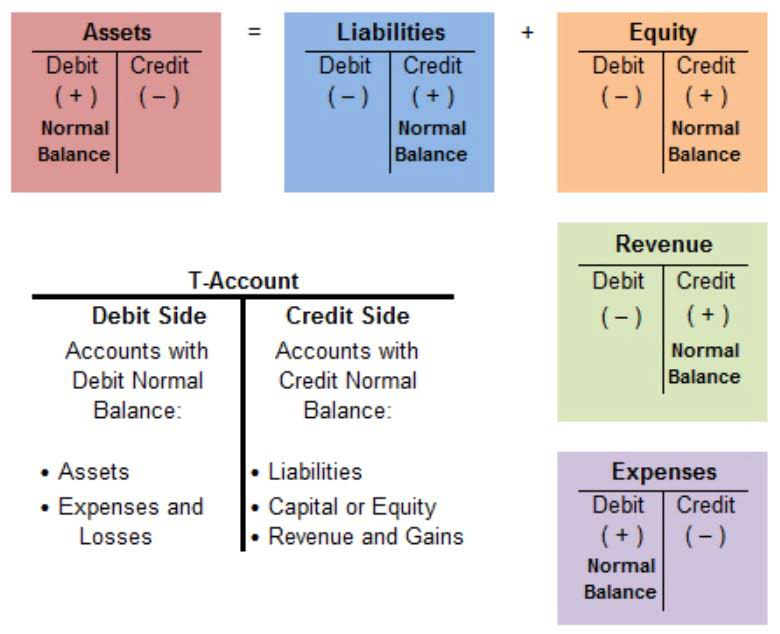
And since you’re leading the charge, you can control these costs. A sole proprietor is an individual operating a single-person business and owns all the assets and liabilities. Sole proprietorships and limited liability companies (LLCs) are used for different purposes.
- We compare LLCs and sole proprietorships, two of the most common business entities.
- Starting out as a sole proprietorship makes sense until you need to hire regular help to keep up with increased business.
- If you sell goods, you don’t generally have any contractual relationship with your customers, but you’re still in business as a sole proprietor.
- Some cities and counties also require a general business license.
- If you operate your business under your own name, with no additions, you don’t even need to register your business name to start operating as a sole proprietor.
- The law does even not require you to set up a formal structure before launching your business.
- Depending on where you live, there are certain steps you can take to formally launch your sole proprietorship.
It’s one of the most common formation types with single-owner businesses since they’re easy to form, offer a lot of operating freedom, and come with some great tax benefits. A sole proprietorship is an unincorporated business that has just one owner who pays personal income tax on profits earned from the business. Many sole proprietors do business under their own names because creating a separate business or trade name isn’t necessary. One owner, you, who gets all the assets and profits and takes responsibility for the taxes.
What happens to a sole proprietorship when the owner dies?
A sole proprietorship is a small, unincorporated business run by a single person. This business structure is easy to set up and doesn’t require much paperwork. The entity does not exist apart from the owner, so if you start one, then you can use your first and last names as your business name or adopt a doing-business-as (DBA) name.

Because a sole proprietorship isn’t a legally distinct business entity, your business income as an owner is included on your personal tax return. Remember that as a sole proprietor, you’re technically self-employed, so you’ll need to pay income and self-employment taxes each sole proprietorship examples near me year. Unlike sole proprietors, partnerships, and LLCs, corporations pay income tax on their profits. In some cases, corporate profits are taxed twice — first, when the company makes a profit, and again when dividends are paid to shareholders on their personal tax returns.
Can you sell a sole proprietorship?
There are several benefits to starting an LLC that may or may not matter to a business owner. But, regardless of any other factor, a business owner needs to form an LLC when they start to earn a profit or carry risk. Forming an LLC allows business owners to grow their businesses and take on risk.
A business account also allows you to accept credit card payments and establish business credit. In addition, you may eventually want to grow your business―having a business bank account can be an important factor if you want to take out a loan or set up a line of credit. As a sole proprietor, you are responsible for keeping updated and accurate records of your business activity. Accounting and keeping books can be quite challenging, but to assist you with this process, read our bookkeeping and accounting tips to learn more about how to keep your business records in order. You might also find it helpful to use an automated cloud-based system to keep all of your business’s records in one place.


